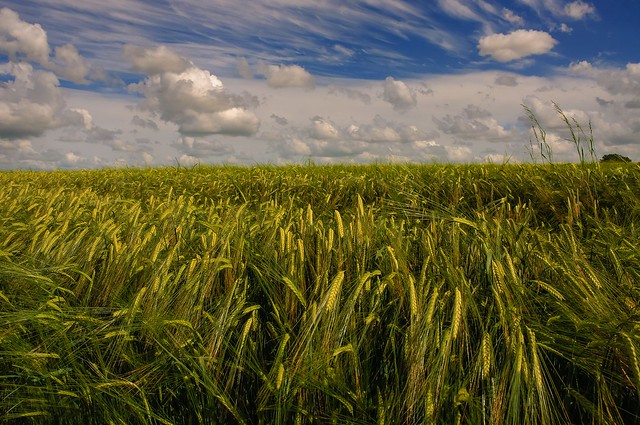
Working on my family’s farm in Montana as a teenager, one of the earliest lessons I learned from my father was the importance of understanding the farm finances. His lessons about maximizing profits instead of working to maximize yields have helped drive my understanding of farm economics. You could even say that my interest in these economics has influenced my career path within USDA’s National Agricultural Statistics Service (NASS) where I work on the Agricultural Resource Management Survey (ARMS). The impact of ARMS data on farm policy, agricultural lending, and academic research is immense. Our partners at the Economic Research Service, for example, use the information to develop their net farm income forecasts and farm household well-being analyses.
Earlier this month, NASS released three sets of economic indicators – land values (PDF, 1.1 MB), cash rents and farm production expenditures (PDF, 1.1 MB). My role at NASS is to analyze and estimate annual farm production expenditures. In 2017, overall U.S. farm expenditures rose 3.7 percent (PDF, 813 KB) after two years of decreased spending. The average U.S. farm spent 4.3 percent more in 2017 than 2016 to bring the food and fiber they raise to market. Like any other business, farmers and ranchers face difficult decisions that require them to stretch every dollar as far as they can to maintain profits. Without information on farm expenditures, there would be no basis for determining the profitability of agriculture.
In addition to rising expenses, increases in farm land real estate values and cropland rental rates also place pressure on farm producers. The average value of U.S. agricultural land increased 1.9 percent in 2018, and the average rent for cropland increased 1.5 percent. Those looking to enter the farming industry or expand their current operation face increased costs per acre before they plant the first seed. Having this information readily available to make operating decisions is vitally important to the success of farms and ranches around the country.
So, while the burden of just raising a crop or livestock and contending with market conditions and weather is challenging enough, farm operators also need to keep a wary eye on rising expenses and changing land values. Whether you are a farmer who grows almonds in California, peanuts in Georgia, or barley in Montana like my father, data on changing economic conditions inform not only your own decisions but also the decisions of the ag lenders, extension researchers, and farm program managers you work with.
